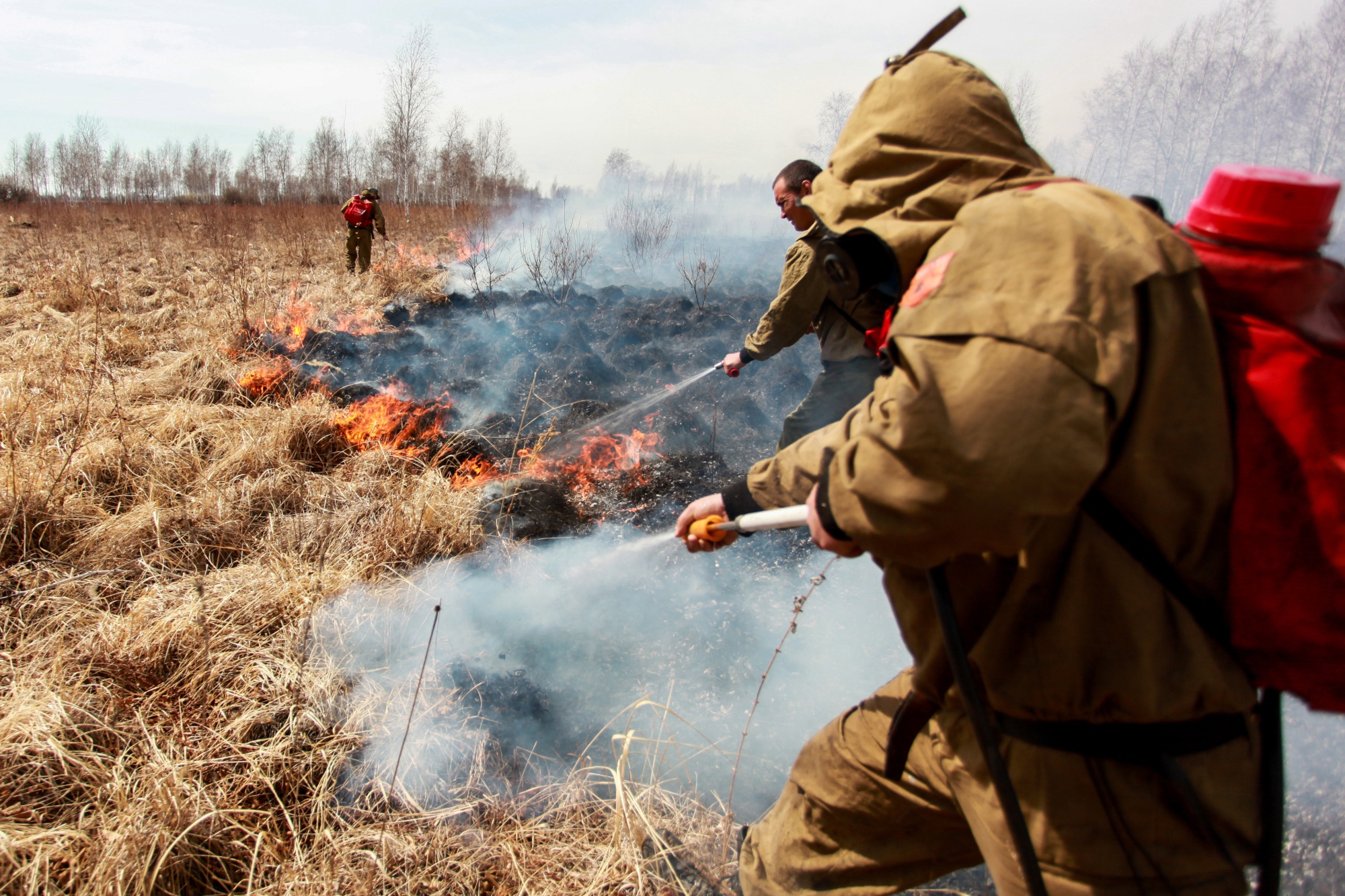
The residents of Irkutsk, one of Russia’s coldest regions, are used to harsh winters. But when the temperature dropped to negative 60 degrees Celsius (-76 Fahrenheit) last January, even they had to submit to the elements. “Please stay at home unless absolutely necessary,” Governor Igor Kobzev pleaded on Instagram.
With the cold came the heaviest snowfall in 25 years. It blanketed Siberia, the Far East and central Russia. When temperatures starting rising at the end of March, the Ministry of Emergency Situations warned that the melting snow may cause dangerous floods.
“The unstable climate system is leading to increasing extremes, to a growing number of weather anomalies, including dangerous events,” said Anna Romanovskaya, director of the Moscow-based Yu. A. Izrael Institute of Global Climate and Ecology. “The direction of the trend is undeniable.”
Russia is one of the countries most vulnerable to climate change. A significant part of its territory is in the Arctic, which is warming more than twice as fast as the rest of the world. That’s manifested in Siberia’s unusually high 2020 temperatures, two consecutive years of record wildfires and thawing permafrost—the frozen ground that covers vast swaths of the country.
President Vladimir Putin said Wednesday at a meeting of the Russian Geographical Society that the nation will keep studying the negative consequences of climate change, especially in the Arctic. Russia has several cities located behind the Polar Circle and "if permafrost continues to melt, we need to understand what to do with it," he said.
The natural disasters have caused expensive damage. Reinsurance broker Aon Benfield estimated that June floods near Russia’s border with China in 2019 cost the nation more than $460 million. In total, major catastrophes may have led to just under $1 billion of losses in Russia that year, it said.
“The heat wave in Siberia in 2020 and the corresponding widespread fires are renewed evidence of climate change,” said Ernst Rauch, chief climate and geo scientist at global reinsurance provider Munich Re. “We view with concern the thawing permafrost soils, which amplify global warming by releasing methane.”
Russia hasn’t developed a comprehensive system for assessing weather-related losses. Leading databases only record events with registered damage, some of the nation’s top climate scientists at its Federal Service for Hydrometeorology and Environmental Monitoring, or Rosgidromet, wrote in a 2019 paper. “Data on the losses are, for the most part, only descriptive, while monetary assessments are rare.”
The paper also cites confidentiality requirements and the lack of a developed insurance system as key hurdles to assessing the nation’s economic damage from natural catastrophes. The lack of data means current estimates for Russia’s annual weather-related economic damage by insurers, researchers and governmental bodies vary greatly.
Munich Re, which been gathering estimates of losses caused by natural disasters across the world for nearly 50 years, has only limited information on Russia’s recent annual weather-related damage. “The data quality for Russia is not sufficient,” a spokesman said.
The Russian climate scientists in their 2019 paper presented a mathematical model for assessing losses from only four high-impact weather events: strong wind, summer rain, winter snow and rain, and frost. According to the model, the events resulted in monetary losses of as much as 234 billion rubles ($4 billion) in 2017.
Romanovskaya from the Yu. A. Izrael Institute says that calculations should go further, including not only direct but also collateral economic losses, such as damage to residents’ health and the environment. She estimates Russia’s total weather-related losses for 2019 were around 850 billion rubles, meaning working citizens paid almost 10,000 rubles each. It’s “kind of a climate tax,” she said.
The Russian government remains sanguine about the impacts of climate change. It’s the world’s biggest energy exporter and fourth-largest emitter of planet-warming greenhouse gases, yet lags other nations in taking steps to reduce its pollution.
The nation pledged to reduce greenhouse gas emissions by as much as 70% from 1990 levels by 2030, assuming that its vast forests absorb the maximum amount of carbon dioxide possible. The target is so low that Russia met it years ago and has so far expressed no desire to set a more ambitious goal. Carbon Action Tracker, a U.K.-based nonprofit, rates its policies as “critically insufficient.”
Russia's emissions targets until 2030 are conservative because the nation plans to raise its gross domestic product by at least 3% annually in the near future, which will lead to higher energy production and consumption, Petr Bobylev, head of energy efficiency department at the Russian economy ministry, said in response to criticism of Russia’s climate goals.
Russia is working on a national climate strategy set to be adopted this year, with recent comments from officials indicating the country aims to develop a low-carbon economy in the next decades rather than reach full carbon neutrality.
Meanwhile the warming Arctic will keep causing greater weather imbalances in the northern hemisphere, according to Yury Varakin, head of the Rosgidromet’s situation center. In recent weeks, scientists have linked higher temperatures in the Arctic to the cold spell that moved as far south as Texas, shutting down power plants and leaving residents without electricity.
Air masses “are moving more frequently from north to south or south to north” rather than in the west-east circulation that dominated during the 20th century, Varakin said. That means an Arctic blast can reach southern regions relatively quickly and Mediterranean heat can move rapidly into northern areas. “This trend will only increase irreversibly in the next 10 to 15 years,” leading to wilder swings in the weather, he said.
— With assistance by Natasha Doff, and Laura Millan Lombrana